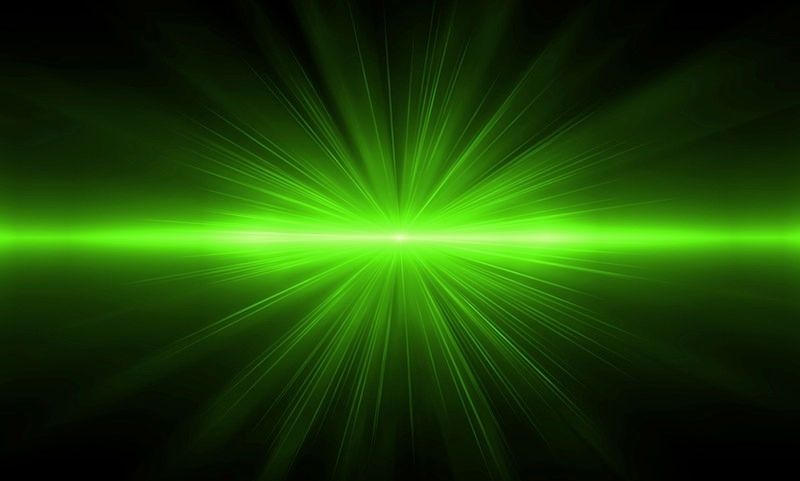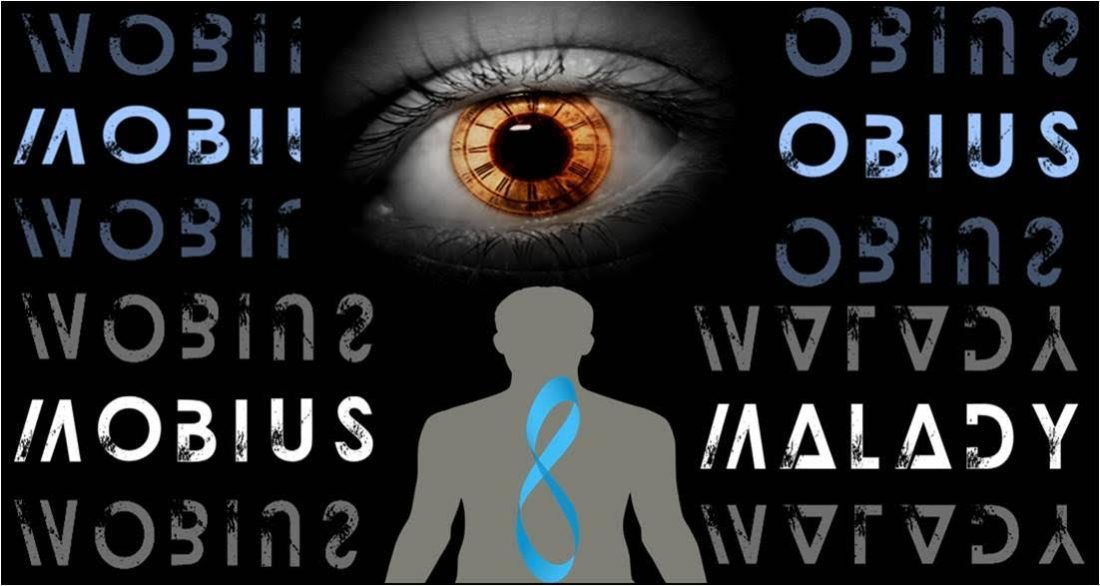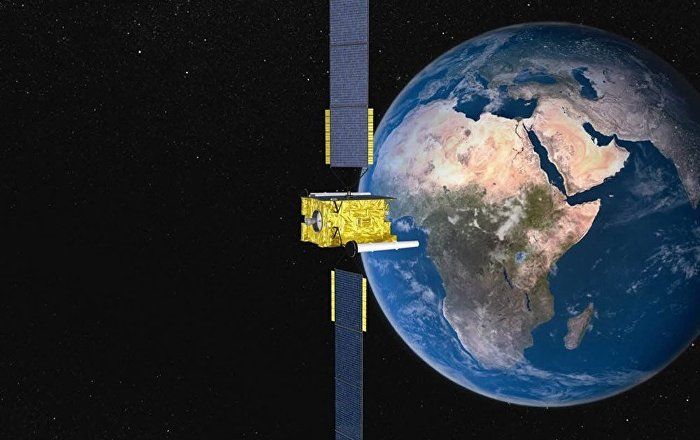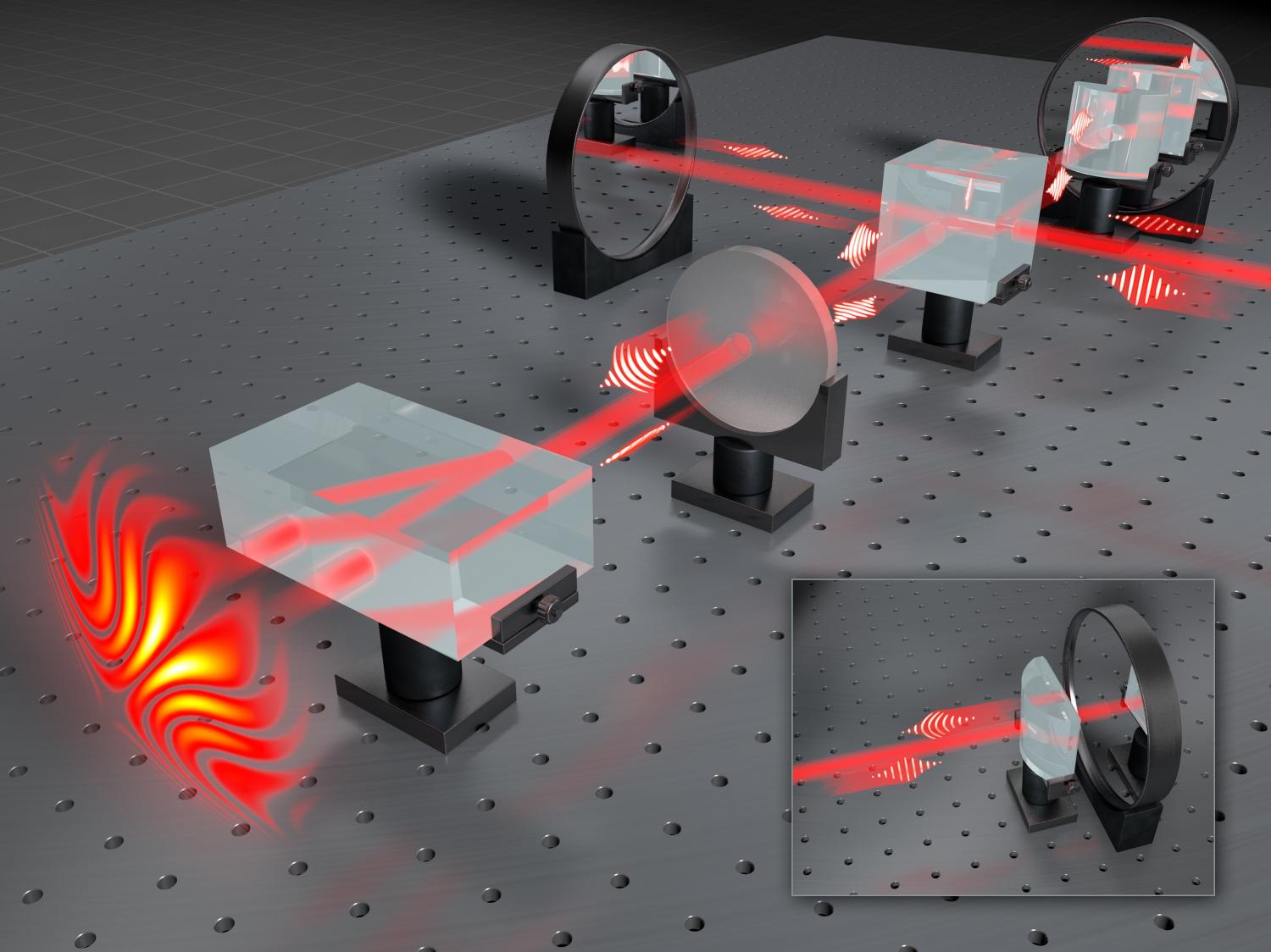More of the bizarre Quantum Tricks.
By placing the order of two events into a quantum superposition, physicists have probed the nature of causality.


Another great example where scientists are bridging bio and technology together.
Fluorescent proteins from jellyfish that were grown in bacteria have been used to create a laser for the first time, according to a new study.
The breakthrough represents a major advance in so-called polariton lasers, the researchers said. These lasers have the potential to be far more efficient and compact than conventional ones and could open up research avenues in quantum physics and optical computing, the researchers said.
Traditional polariton lasers using inorganic semiconductors need to be cooled to incredibly low temperatures. More recent designs based on organic electronics materials, like those used in organic light-emitting diode (OLED) displays, operate at room temperature but need to be powered by picosecond (one-trillionth of a second) pulses of light. [Science Fact or Fiction? The Plausibility of 10 Sci-Fi Concepts].

Quantum computing 101 — lesson 1: quantum models
Before reviewing in more detail the most promising experimental realisations of quantum information processors, I think it is useful to recap the basic concepts and most used models of quantum computing. In particular, the models, as the physical realisations mentioned in a previous post use different but equivalent computational models, which need to be understood to comprehend their implementations.

Since QUESS has been online, China has been able to deliver the 1st set of programmable code, transmit communications back-and-forth from the satellite, and now they have been able to expand the memory capacity up to 100 Qubits. These are pretty big steps since the satellite has been in orbit on Tuesday.
BTW — the 1st 2 events are directly a result of QUESS; the 3rd advancement isn’t the result of QUESS and resulted after QUESS’ launch.
Although Chinese scientists said there is still a long way to go before any ultrapowerful machine can be developed, progress has been made in terms of quantum memory technology, which is a key component to quantum computing and quantum communication.
On Tuesday, China launched the world’s first quantum experimental satellite in an attempt to build a space-based quantum communication network.
Zhou Zongquan, a scientist in the field, told China Daily that following the breakthrough in 2011 when scientists at the University of Science and Technology of China developed the world’s first quantum memory of 1 quantum bit, or qubit, they have now developed a memory of 100 qubits.

Excellent write up on QUESS; and yesterday we saw that the first set of code was transmitted successfully which means so far success. However, many are asking when will the US respond about our own efforts around our own efforts of a Quantum satellite and our own progress around improving the net infrastructure to ensure we’re not a sitting duck for government backed hackers. Granted we have been operating for many years a version of a Quantum Internet at Los Alamos; however, we need to expand and accelerate the efforts around the Quantum Internet restructuring.
In mid August China launched “QUESS” (Quantum Experiments at Space Scale), a new type of satellite that it hopes will be capable of “quantum communications” which is supposed to be hack-proof, through the use of “quantum entanglement”. This allows the operator to ensure that no one else is listening to your communications by reliably distributing keys that are then used for encryption in order to be absolutely sure that there is no one in the middle intercepting that information.
According the Chinese scientists involved in the project, quantum encryption is secure against any kind of computing power because information encoded in a quantum particle is destroyed as soon as it is measured. (According to Tibor Molnar a scientist at the University of Sydney), the only way to ‘observe’ a photon is to have it interact with (a) an electron, or (b) an electromagnetic field. Either of these interactions will cause the photon to “decohere” – i.e., interfere with it in a way that will be apparent to the intended recipient.
Gregoir Ribordy, co-founder of Geneva-based quantum cryptography firm ID Quantique, likened it to sending a message written on a soap bubble. “If someone tries to intercept it when it’s being transmitted, by touching it, they make it burst.”

Experiments confirm the existence of 1-micrometer-sized molecules made of two cesium atoms by showing that their binding energies agree with predictions.
Strongly bound diatomic molecules such as H2H2or O2O2 are less than a nanometer across. Surprisingly, scientists have been able to create two-atom molecules more than a thousand times larger by using exotic atoms that attract one another only very weakly. Now, a pair of physicists have calculated what makes these “macrodimers” stable, and they have verified their predictions by creating micrometer-sized molecules containing two cesium atoms. The macrodimers could have applications in quantum computing.

Interesting read on history’s Quantum journey.
Since the dawn of the new millennium and in this slow and daunting journey through the first 15 years of the century, “quantum theory” has been a great aggregate explaining all that is possible. There have been a number of people who speak about the esoteric in terms of quantum entanglement as the halfway point between science and magic. It has been implied and critically so, that quantum mechanics are somehow proof or a good reason to say that anything can happen and it usually does.
However, it may be said accurately that rather, quantum possibilities should really be about probabilities which can be analyzed on a sub atomic level.
However, with scientific critique and intricate word salad aside, the world and the space that surrounds it is infinite and thus, it is counter-intuitive to say there are only finite possibilities or probabilities in the infinite universe.

Hmmm; sure hope others catch up soon.
China has launched a satellite that it claims has teleportation-like quantum communication capabilities.
While humanity may be a long way from “beaming” humans aboard a starship, scientists have made major strides in teleporting information. In March, German physicists made major advances in “quantum teleportation,” transmitting data across physical distance without a time delay.

# Physics # Theories – This New Equation Could Unite The Two Biggest Theories in Physics : In a recent paper, a Stanford theoretical physicist develops a new equation, one which indicates that the key to finally connecting general relativity and quantum mechanics is found in bizarre spacetime tunnels called wormholes.
One of the most stubborn problems in physics today is the fact that our two best theories to explain the Universe – general relativity and quantum mechanics – function perfectly well on their own, but as soon as you try to combine them, the maths just doesn’t work out.
But a Stanford theoretical physicist has just come up with a new equation that suggests the key to finally connecting the two could be found in bizarre spacetime tunnels called wormholes.

Until quite recently, creating a hologram of a single photon was believed to be impossible due to fundamental laws of physics. However, scientists at the Faculty of Physics, University of Warsaw, have successfully applied concepts of classical holography to the world of quantum phenomena. A new measurement technique has enabled them to register the first-ever hologram of a single light particle, thereby shedding new light on the foundations of quantum mechanics.
Scientists at the Faculty of Physics, University of Warsaw, have created the first ever hologram of a single light particle. The spectacular experiment was reported in the prestigious journal Nature Photonics.The successful registering of the hologram of a single photon heralds a new era of quantum holography, which offers a whole new perspective on quantum phenomena.
“We performed a relatively simple experiment to measure and view something incredibly difficult to observe: the shape of wavefronts of a single photon,” says Dr. Radoslaw Chrapkiewicz.